Tips for Spray Painting in Cold Weather
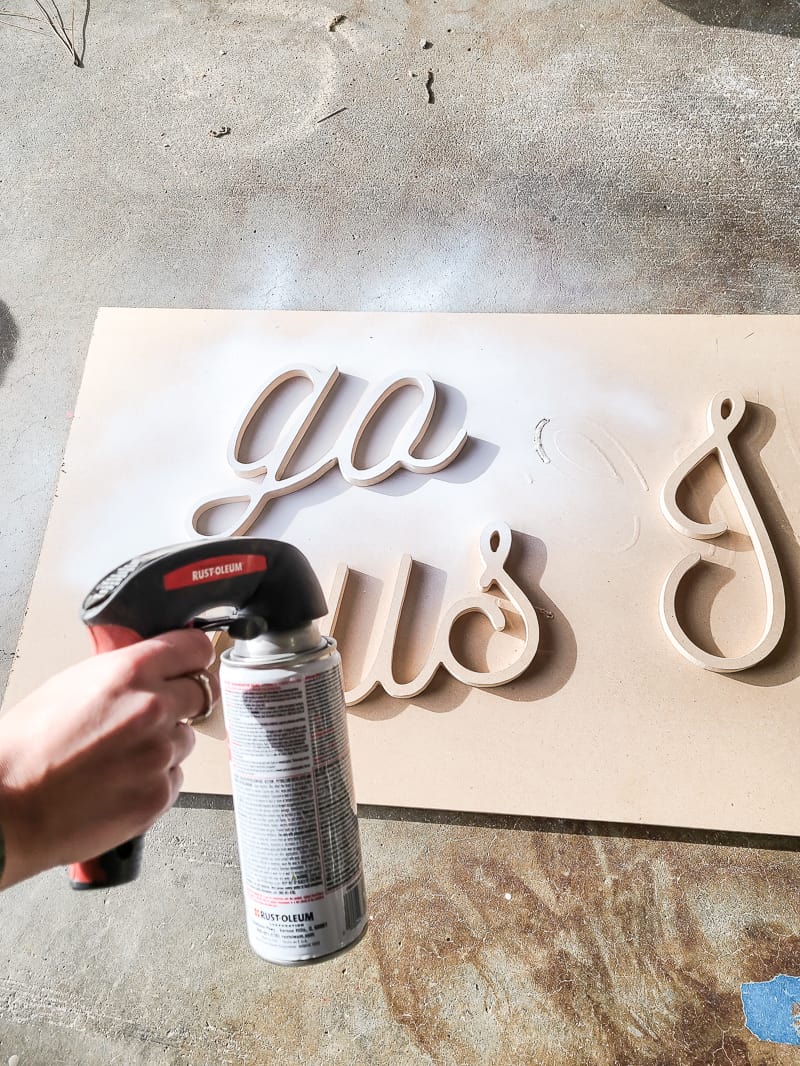
Spray painting in cold weather isn’t ideal for many reasons. The cold temperatures affect the finished product, paint flow, and paint adhesion. It’s not an ideal situation, but it doesn’t mean you have to wait to finish your DIY project, either. Read on for tips for spray painting in cold weather.
DIY projects don’t always come at the most convenient times. Plus, depending on where you live, colder conditions may prolong the wait until spring. Instead of putting off projects, Logan and I have found a few ways to work around less-than-ideal climate conditions.
Spray painting is the ultimate convenience paint and is perfect for beginner DIYers. It’s fast, easy, and will stick to almost any surface. And it’s perfect for getting in all of the nooks and crannies. That’s why we love it!
We’ve used spray paint for different crafts and DIY projects around the house, light fixtures, hardware, and outdoor wood pieces.
But, we have found that spray paint does better in certain weather conditions than others. There are a few special things you need to do when you want to use spray paint in cold weather.
Table of Contents
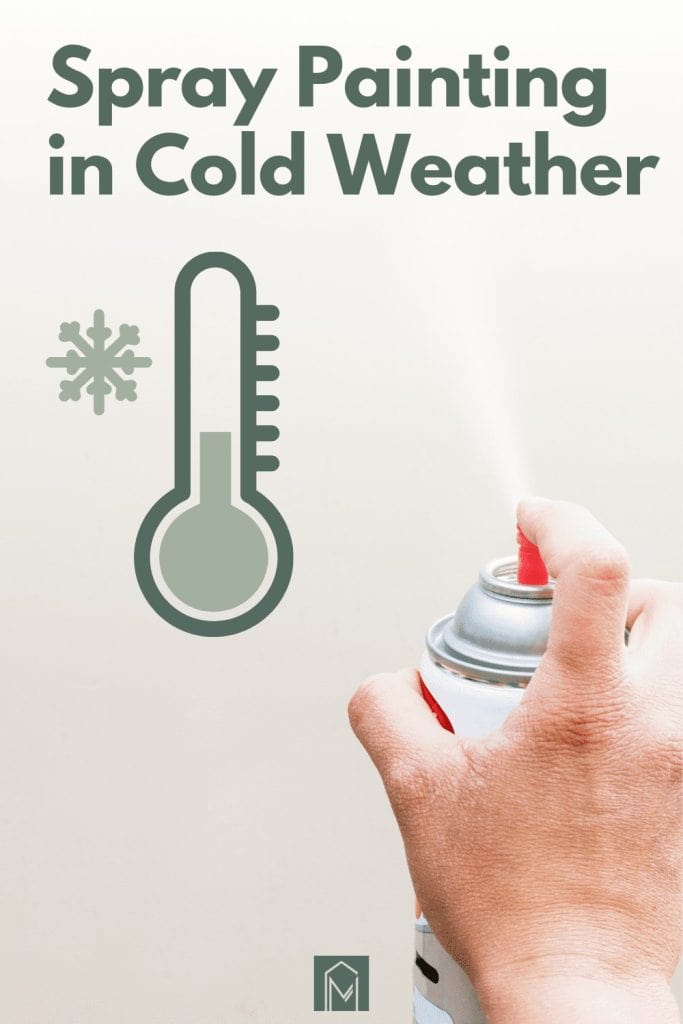
This article with tips for spray painting on cold weather contains affiliate links, but nothing that I wouldn’t recommend wholeheartedly. Read my full disclosure here.
Tips for spray painting in cold weather
We are pretty familiar with finding workarounds in cold weather for DIY projects because it can get pretty cold in the winter, here in Central Oregon. When we were painting the wooden letters for this quote wall, we made a list of the best tips for spray painting in colder weather.
What’s the best temperature for spray painting?
The best temperature for spray painting is between 50°F and 90°F with humidity below 85%. Anything outside of those conditions, can pose a challenge and threaten the finished product.
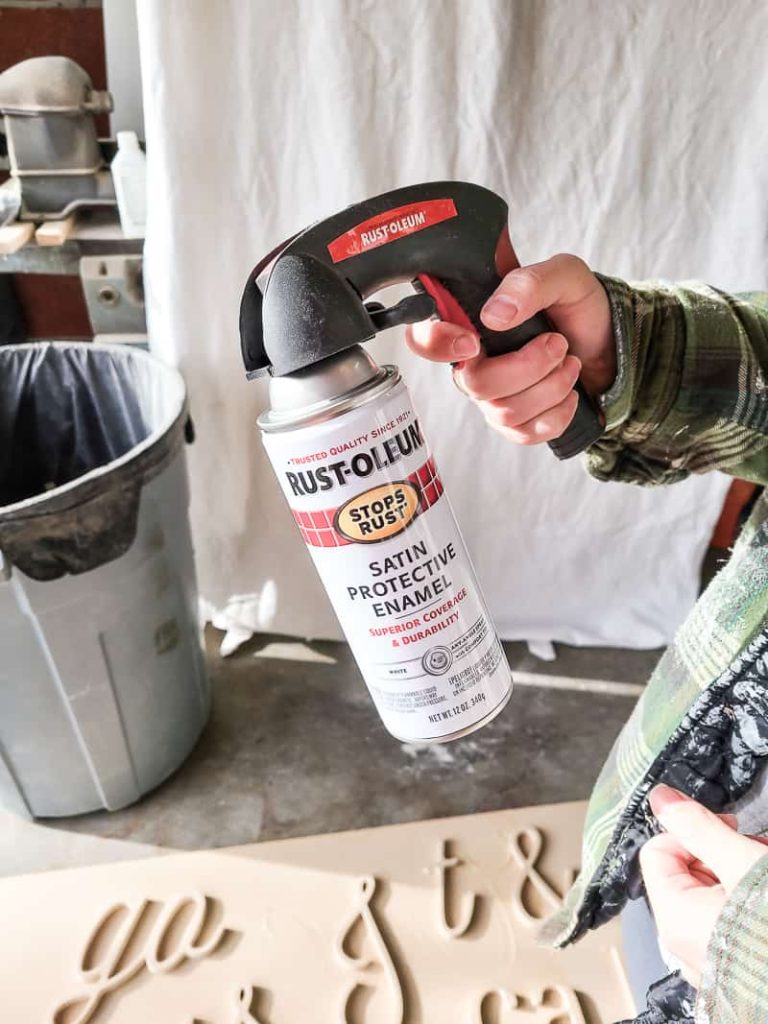
In colder temperatures, spray paint becomes thicker and even congealed inside of the can. This means, no matter how much you shake the can, the paint will not flow properly out of the sprayer. As a result, the paint will go onto the surface in clumpy uneven blobs of coverage. This is incredibly messy and difficult to correct.
Additionally, the cold weather can affect the color of the paint and slow the spray paint drying times significantly.
Before you begin painting, check the weather forecast for the humidity level and temperature throughout the day. If it’s colder, choose the warmest part of the day to begin painting. Remember, it’s ideal to paint in a ventilated area indoors, like a painting booth or painting tent set up in your garage with windows and doors open.
Tips to follow before spray painting in cold weather
Clean well
There are three things that affect paint adhering to a surface: cold temperatures, dirt, and grime. Just like with any paint job, clean painting surfaces are the key to better adhesion. Don’t skip this step!
Before you begin painting, clean the project area thoroughly and allow it to dry completely.
- If you are painting a hard surface, use rubbing alcohol to wipe away any dust or debris.
- For wood surfaces, use a tack cloth to thoroughly remove sanding and dust.
Pay attention to the areas around screws or nails, and small crevices where dust collects.
Use primer to help with adhesion
After cleaning, apply a primer to the painting surface to help with adhesion. Primer creates a solid base for paint to stick and makes the colors pop. For a quality product that is long-lasting, don’t skimp on the primer! Read more about whether or not you need a primer here.
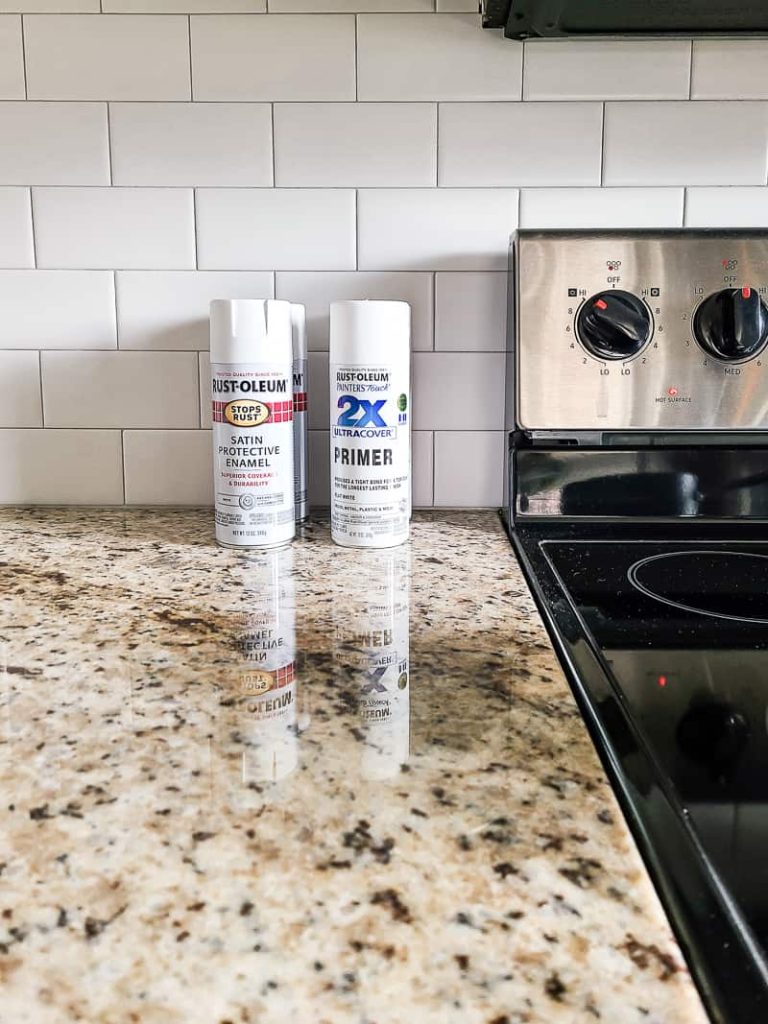
Tips for during spray painting in cold weather
Now that you are all set to paint, let’s get started!
Keep paint cans and item painting inside until you’re ready to paint
Since the temperatures are much lower than normal, keep the spray paint cans and the items you are painting inside until you are ready to paint.
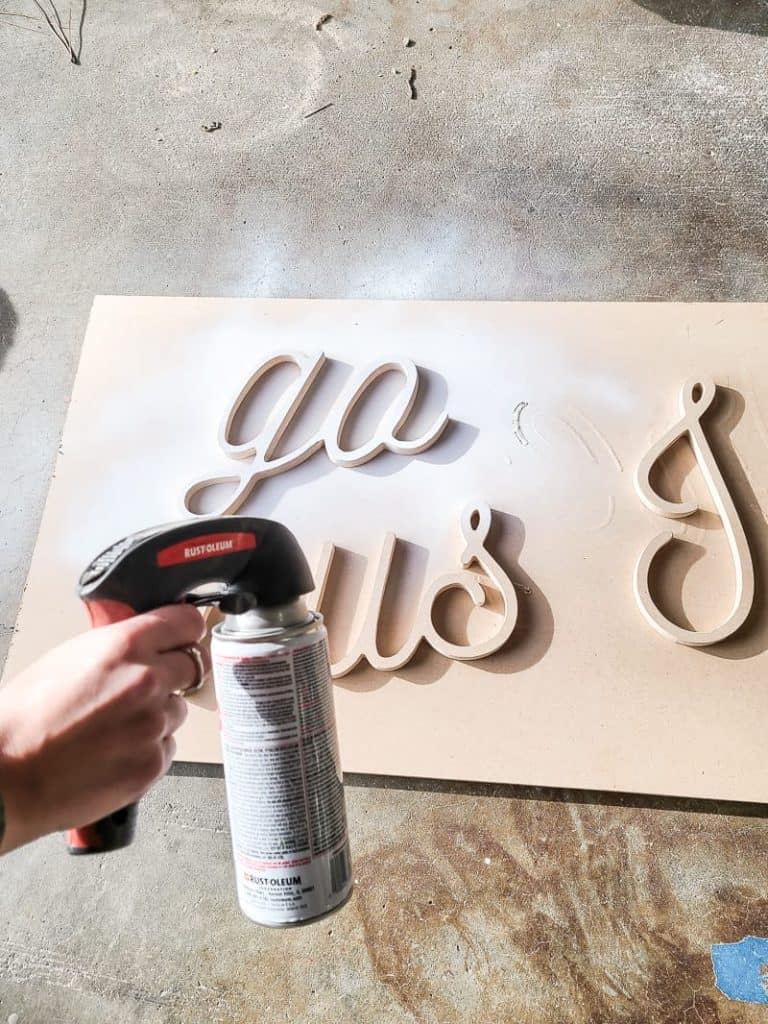
As we’ve mentioned, maintaining temperature is critical when it comes to spray paint. The smallest fluctuation could affect the flow and atomization of the paint in the can.
Set up spray painting station in garage
Obviously, spray painting indoors isn’t practical, so a garage is usually the next best option. You want to work in a well-ventilated area with plenty of airflow while keeping it as warm as possible. This can be achieved by slightly cracking the garage door or opening a window in the garage.
Using a drop cloth or a spray tent or shelter will prevent any drips and protect surfaces.
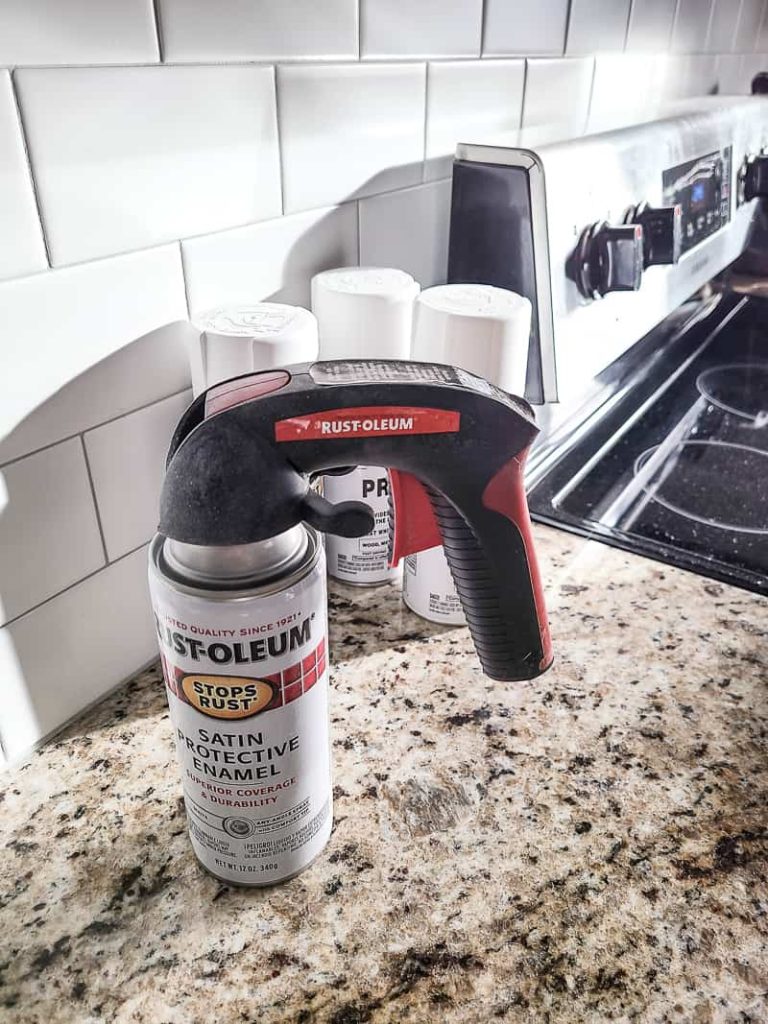
Bring in paint and item in between coats
In between coats, I recommend bringing the paint can and painted items inside to dry. Place these items in a room with an open window and a fan on for ventilation. A warmer environment is better for drying and adhesion of the paint. This will also prevent the paint from congealing inside the cans.
After Painting
Bring inside to dry
Now that the project is complete, allow the piece to dry. Once it is dry to the touch, bring the piece inside to finish curing. Ideally, this is a well-ventilated area with a controlled temperature, like a room with an open window and fan.
Expect longer dry and cure times
Because of the colder temperatures, you can expect longer drying and cure times overall, but don’t let this stop you from completing your next DIY project! It just requires more patience!



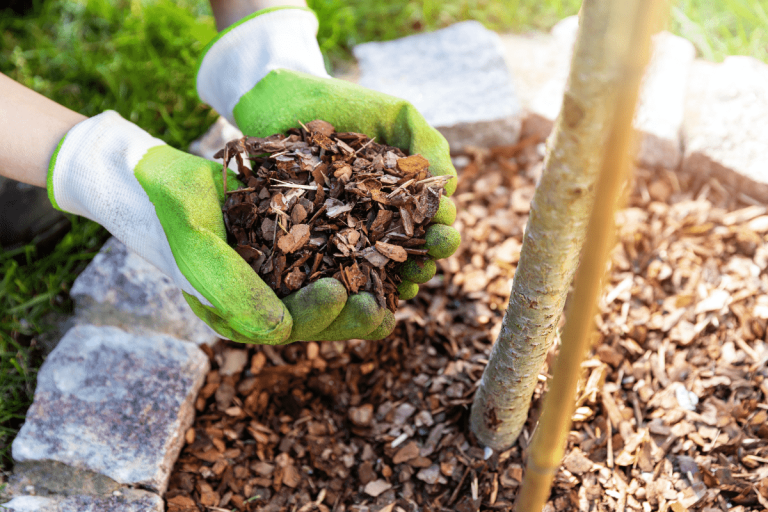
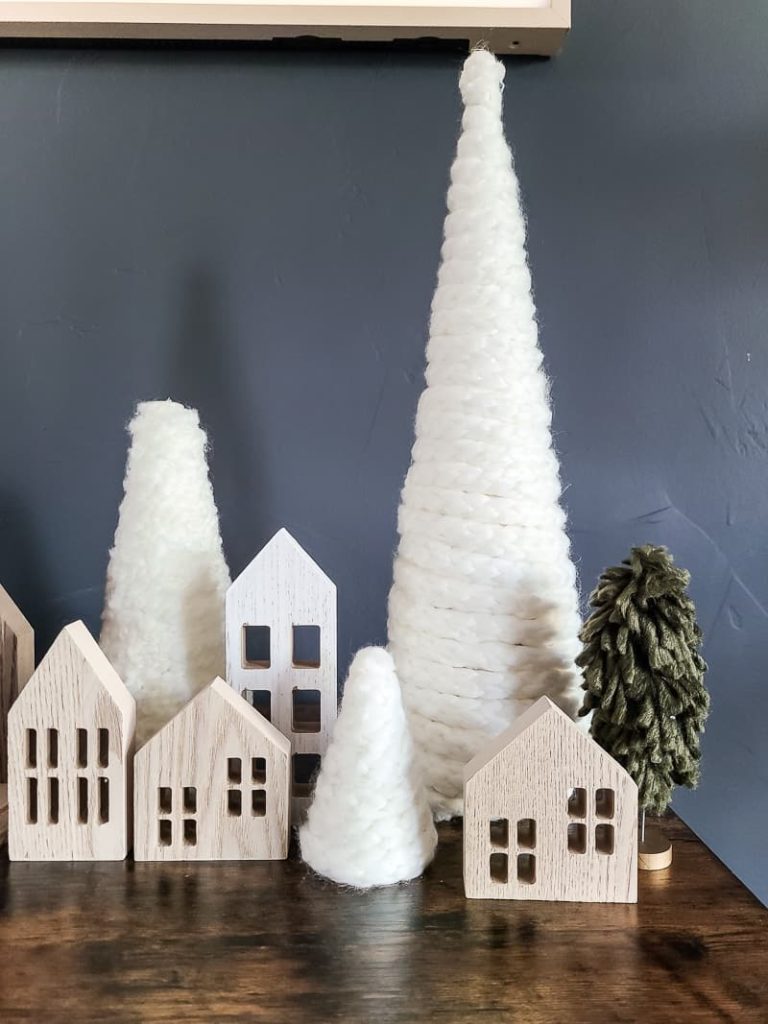
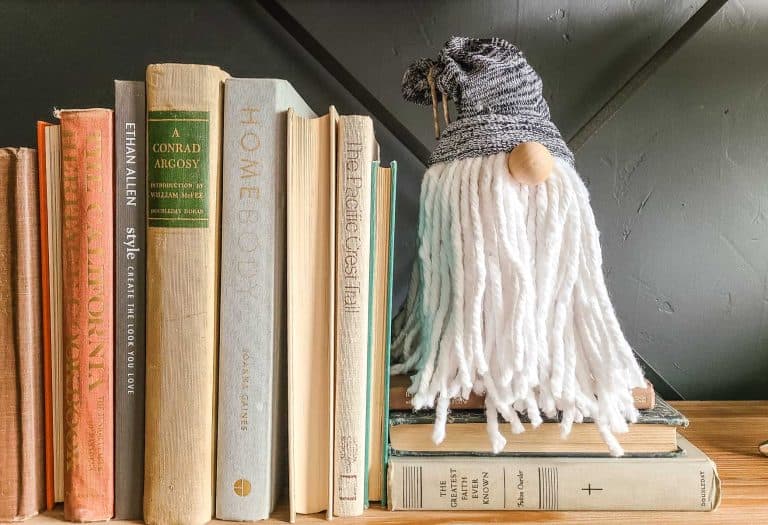
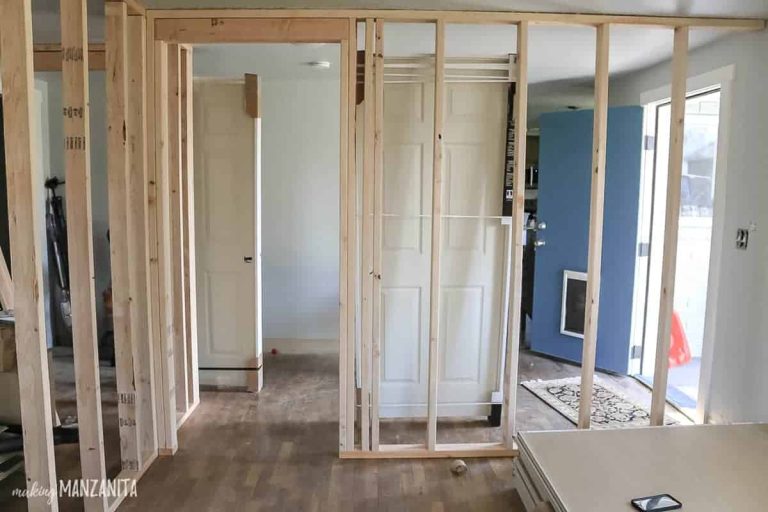

Thank you for the helpful tips, might I add sitting your spray cans in a bucket of warm water can be helpful as well. I have a small room heater that I like to plug in as well, it kind of gives me the illusion that the garage is a tad bit warmer although I know that the heat is just flowing right on up and out the door; and ends up as my mother would say “heating the outside.” Best wishes to fellow impatient patient improvising diy’s.
Great tips, thanks for sharing! I’ve never tried the spray cans in warm water!
When spraying in cold weather I heat the cans up a bit. No I have never had any explode. I have a oil radiator heater I lay them on. Ben doing it for ten years with no problem
Great tip Gary, thanks for sharing!
An infared heater works wonders in a garage!!!! It seems like it warms the piece and paint from the inside out!
Also, what font are the letters you’re painting? I love it!
Thanks for sharing your tip! The cursive font is Nickainley and the serif one is Abhaya Libre Regular. We were able to download both fonts on Inkscape and they are also available on Canva Pro.